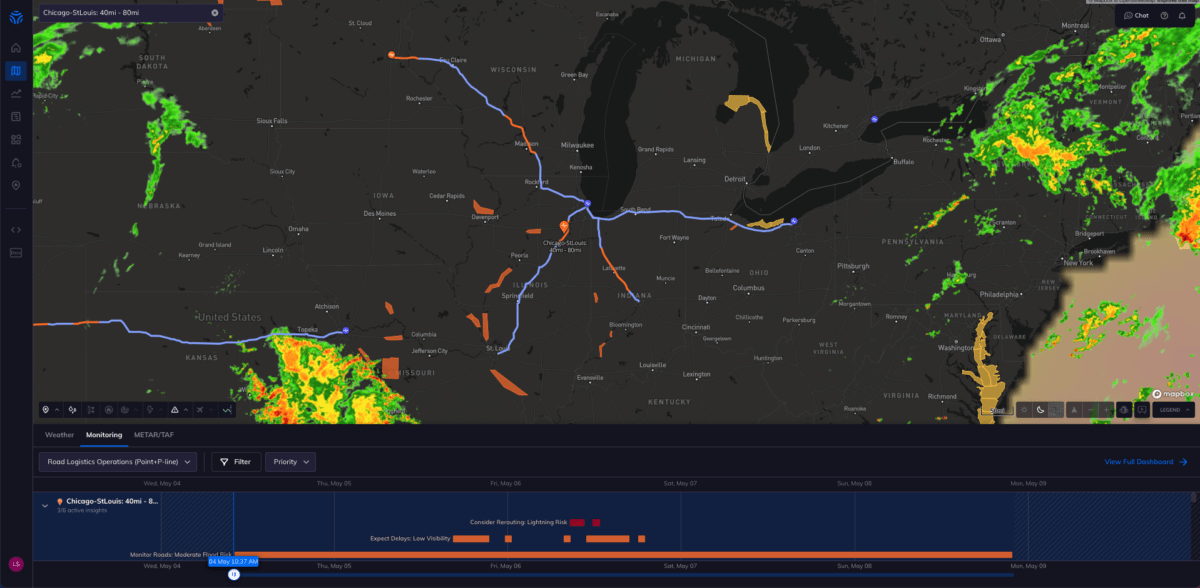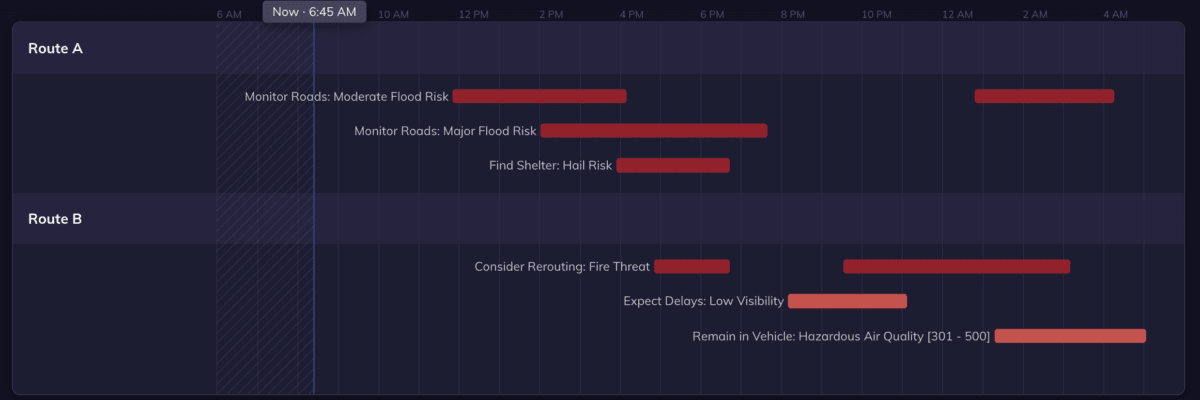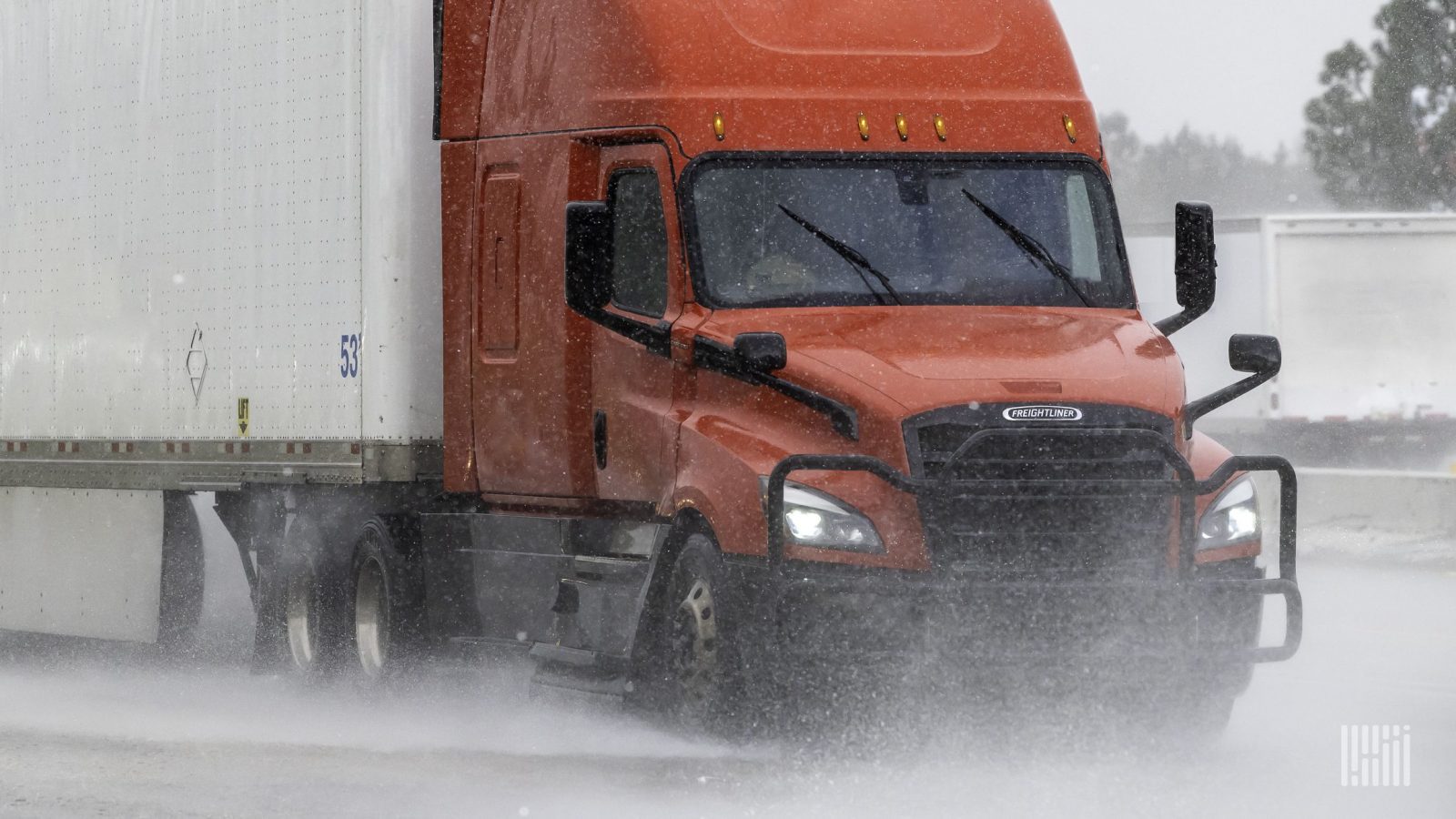“Empty miles are one of the most frequently discussed form of waste in the logistics industry,” Ayala Rudoy, vice president and general manager of the Logistics & Enterprise Business Unit at Tomorrow.io, said, “but wasted miles, a lesser-known issue, pose just as many, if not more, challenges for trucking and logistics.”
What are wasted miles?
Wasted miles describe the extra resources that drivers use to get back on track due to unexpected events or conditions, which, in some cases, can be avoided with proper planning. These are miles that shouldn’t necessarily have been driven in the first place or weren’t originally intended to be driven at all, such as when drivers double back or take inefficient routes in response to road conditions or extraneous circumstances.
Empty miles, on the other hand, are driven with an empty container or with no trailer. These miles are considered empty because they do not generate any revenue. Instances of empty miles include driving to pick up a load or deadhead miles returning to a terminal yard after delivery.
There are many reasons why drivers may end up driving miles that are considered wasted. One big reason is weather conditions.
“[Wasted miles] are caused by disruptive events that negatively impact delivery commitments and schedules — from weather, highway and traffic congestion, road work, delays and detention, missed or spotty communication, and more,” Rudoy said.
 Image: Tomorrow.io
Image: Tomorrow.io
In an industry with low operating margins, wasted miles, like empty miles, become burdensome for carriers over time.
“When conditions change, the original delivery plan no longer reflects the realities, requiring many resources to get back on track and leading to lost time, productivity and revenue,” Rudoy said. “Additional challenges include wasted fuel, increased carbon emissions, poorly utilized resources and capacity, increased pressure on operating margin, and much more.”
Weather-related delays happen not just because of devastating events like hurricanes, snowstorms or tornadoes, but also due to everyday conditions. Snow, hail, low visibility, wind and rain are far more common than weather catastrophes, but they too can be the reason for disruptors like stalled or slow-moving traffic. Although these conditions may impact only part of a trip, they may be why load pickup or delivery is late. The ability to receive automated hyper-local weather insights is critical for fleets to proactively plan and account for weather-related disruptions ahead of departure or en route
By planning for weather conditions, logistics companies can make better decisions surrounding order acceptance, scheduling, protecting cargo and equipment, and what areas to send trucks.
“When you think about the challenges for ITS ConGlobal that come with the weather, it’s important to first understand that everything we do is outside. And so the weather is more important to our work than many other businesses. It goes beyond just understanding whether or not people can get to and from work because all that we do is outside. So planning for the weather is paramount,” said CEO of ITS ConGlobal Brant Ring.
Users of the platform can monitor the intensity, duration, and impact of weather events for every route and shipment at a granular level.
 Image: Tomorrow.io
Image: Tomorrow.io
Going forward, Tomorrow.io will provide even more comprehensive weather intelligence with plans to launch a constellation of space satellites that will cover the entire globe.






